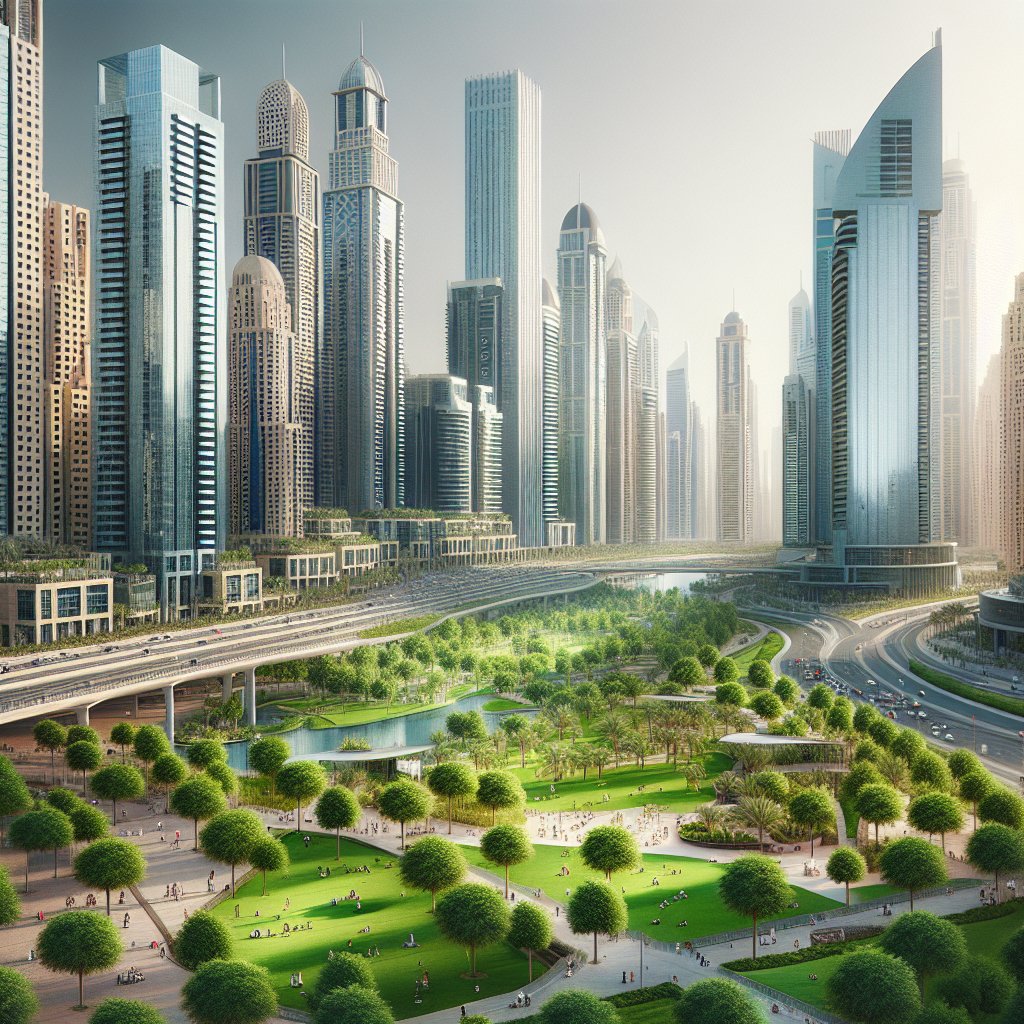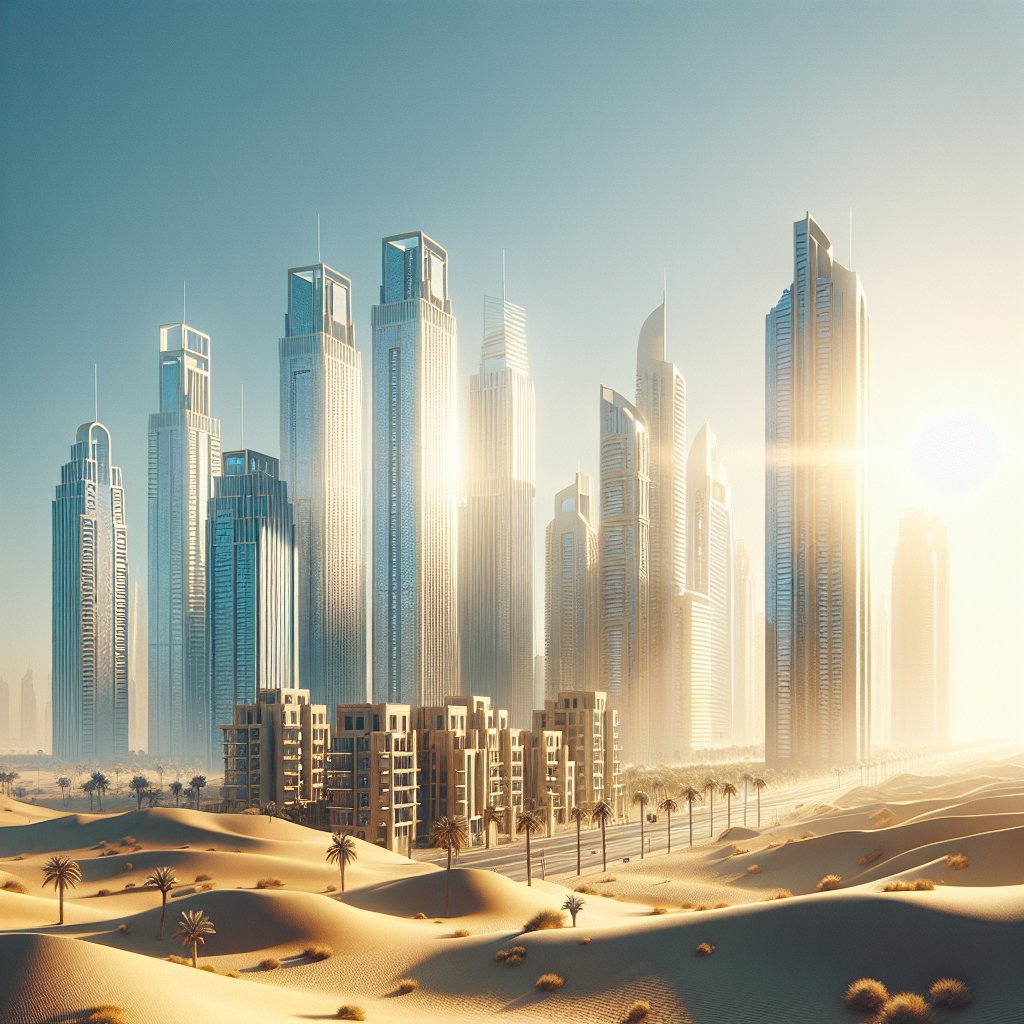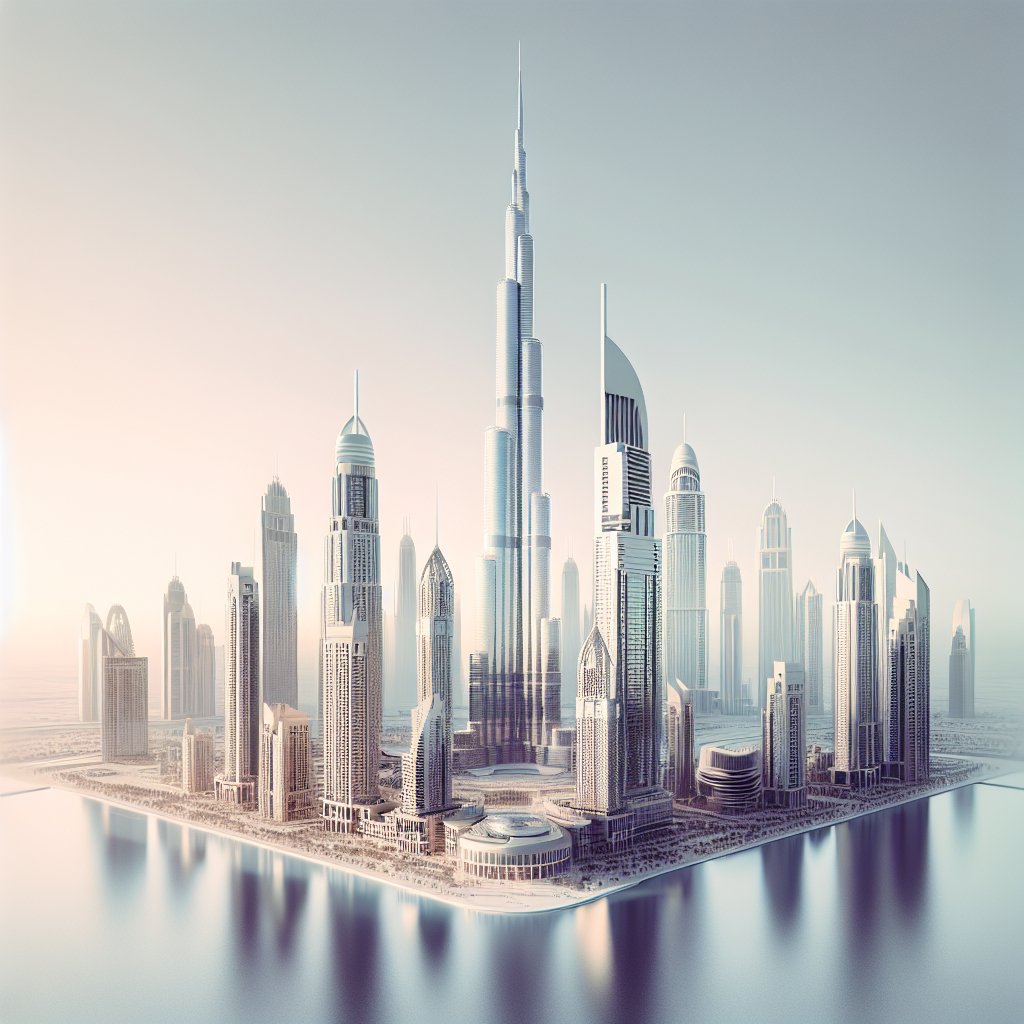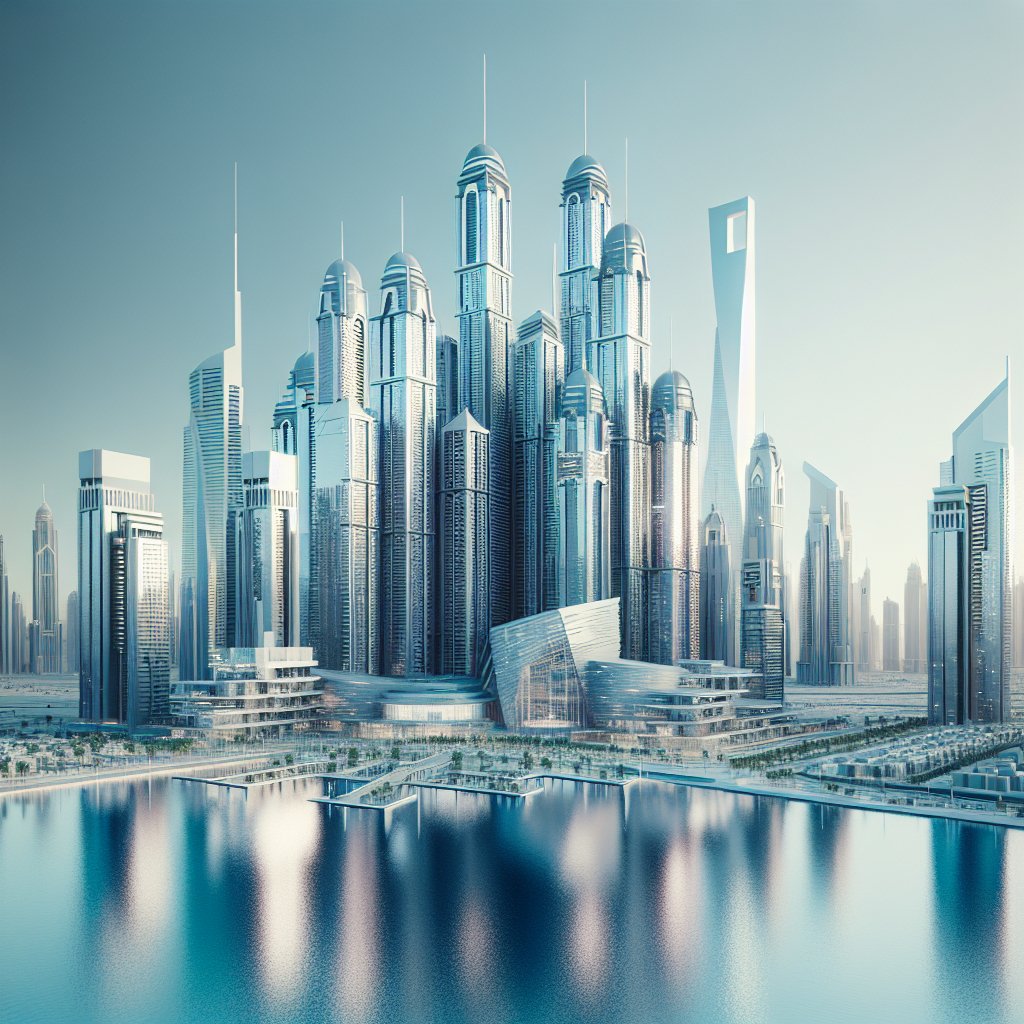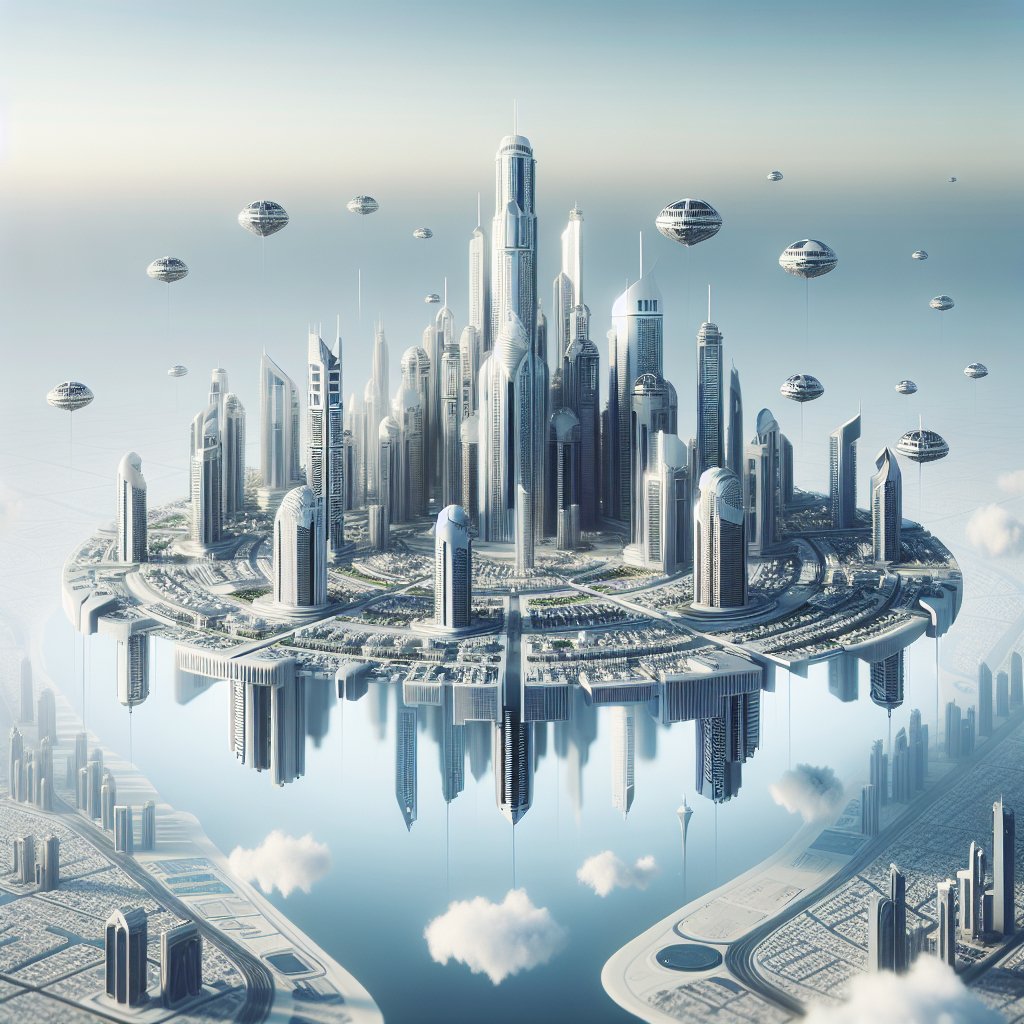Dubai, a city renowned for its futuristic skyline and luxurious lifestyle, is also home to some of the most iconic bridges that seamlessly blend functionality with architectural beauty. These structures not only serve as vital transportation links but also stand as symbols of the city’s innovative spirit and commitment to aesthetic excellence.
The Architectural Marvels of Dubai’s Bridges
Dubai’s bridges are more than just pathways connecting different parts of the city; they are architectural marvels that reflect the city’s ambition and creativity. Each bridge in Dubai is designed with a unique concept, often inspired by the city’s rich cultural heritage and its vision for the future. The combination of cutting-edge technology and traditional design elements results in structures that are both functional and visually stunning.
One of the most famous bridges in Dubai is the Sheikh Zayed Bridge, named after the founding father of the United Arab Emirates. This bridge is a testament to modern engineering, with its sweeping curves and dynamic lighting that create a mesmerizing visual effect, especially at night. Designed by the renowned architect Zaha Hadid, the bridge is a symbol of Dubai’s forward-thinking approach and its dedication to pushing the boundaries of architectural design.
Another notable example is the Dubai Water Canal Bridge, which is part of the larger Dubai Water Canal project. This bridge is not only a crucial transportation link but also a popular tourist attraction. Its unique design, featuring a twisted arch and a pedestrian walkway, offers breathtaking views of the city and the canal. The bridge’s innovative design and strategic location make it a perfect blend of utility and beauty, attracting both locals and tourists alike.
Functionality Meets Aesthetic Excellence
While the aesthetic appeal of Dubai’s bridges is undeniable, their functionality is equally impressive. These structures are designed to accommodate the city’s growing population and increasing traffic demands, ensuring smooth and efficient transportation across the city. The strategic placement of these bridges helps to alleviate congestion and improve connectivity between different areas, making them an integral part of Dubai’s infrastructure.
The Al Garhoud Bridge, for instance, is a vital link between the Deira and Bur Dubai districts. It is one of the busiest bridges in the city, handling thousands of vehicles daily. Despite its heavy usage, the bridge is designed to ensure a smooth flow of traffic, with multiple lanes and advanced traffic management systems. Its sleek design and efficient functionality make it a key component of Dubai’s transportation network.
Moreover, the bridges in Dubai are equipped with state-of-the-art technology to enhance their functionality and safety. From advanced lighting systems that improve visibility at night to smart sensors that monitor structural integrity, these bridges are built to withstand the test of time and the challenges of a rapidly growing city. The integration of technology not only enhances the functionality of these structures but also contributes to their aesthetic appeal, creating a harmonious blend of form and function.
Bridges as Cultural and Social Landmarks
Beyond their architectural and functional significance, Dubai’s bridges also serve as cultural and social landmarks. They are often the site of public events and celebrations, bringing people together and fostering a sense of community. The bridges’ strategic locations and stunning designs make them ideal venues for events such as light shows, fireworks displays, and cultural festivals, adding to their allure and significance.
The Dubai Frame, although not a traditional bridge, is a prime example of how these structures can serve as cultural landmarks. This iconic structure, which offers panoramic views of both old and new Dubai, is a symbol of the city’s rich history and its ambitious future. It serves as a bridge between the past and the present, offering visitors a unique perspective on the city’s evolution.
Similarly, the pedestrian bridges along the Dubai Water Canal are designed to encourage social interaction and community engagement. These bridges provide safe and convenient access for pedestrians, promoting a healthy and active lifestyle. They also offer stunning views of the city and the canal, making them popular spots for leisure activities and social gatherings.
The Future of Bridge Design in Dubai
As Dubai continues to grow and evolve, the future of bridge design in the city looks promising. With a focus on sustainability and innovation, future bridge projects in Dubai are expected to incorporate eco-friendly materials and technologies, reducing their environmental impact while enhancing their functionality and aesthetic appeal.
One such project is the proposed Dubai Creek Tower Bridge, which aims to set new standards in bridge design and construction. This ambitious project will feature a unique design inspired by the natural beauty of the region, with a focus on sustainability and energy efficiency. The bridge will be equipped with solar panels and other green technologies, making it a model for future bridge projects in the city.
In conclusion, the iconic bridges of Dubai are a testament to the city’s commitment to blending function with architectural beauty. These structures not only serve as vital transportation links but also stand as symbols of Dubai’s innovative spirit and dedication to excellence. As the city continues to grow and evolve, its bridges will undoubtedly play a crucial role in shaping its future, offering a glimpse into the possibilities of modern architecture and design.



